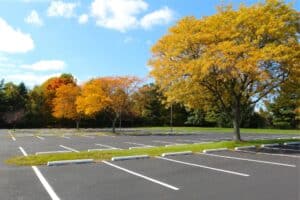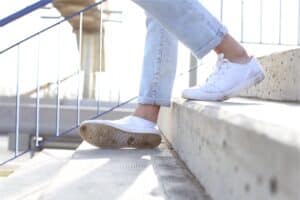
Tailgating is the fifth leading cause of all motor vehicle crashes in the U.S., and rear-end collisions caused by tailgaters are one of the most common crash types. These collisions are preventable in most cases if the driver that is in the rear vehicle makes a commitment to leave a safe following distance between his own car and the car directly in front of him (the lead vehicle).
How Much Space Should You Leave Before the Lead Vehicle?
Motorists need to make a choice about how much space they should leave before the lead vehicle. Driver’s Prep indicates that there are a few different guidelines that have been used over the years to help ensure that drivers are leaving a sufficient amount of space to avoid crash risks.
The old rule of thumb motorists were usually taught was to allow a set number of car lengths between your vehicle and the lead car. The number of car lengths varied based on the speed a motorist was going, in recognition of the fact that a car that is going faster has a great deal more momentum and is going to take a longer period of time to stop. Typically, motorists were supposed to leave one car length for every 10 miles per hour of speed. This would mean a person going 10 MPH would leave one car length and a person going 60 MPH would allow six car lengths.
The car length metric was confusing because people had to adjust depending on their speed and because most drivers are bad at judging a car-length.
A new metric is much easier to use. Drivers are told to observe when the vehicle in front of their own passes a fixed point on the side of the road like a road sign or a tree or other object that is not moving. Once the front vehicle passes it, you start counting the number of seconds that pass before your own car also passes the same fixed object. Motorists traditionally were told to allow two seconds, so this rule was dubbed the “two-second rule.” However, now safety experts advise that motorists should leave around three to four seconds between the time their own car passes the fixed object that the vehicle in front of them passed.
Counting seconds works at every speed and has the advantage of simplicity. However, motorists should remember that when weather is bad, they should leave a longer following distance so they have more time to react to what the motorist in front of them does.
Portland accident victims should contact Zbinden & Curtis, Attorneys at Law, by calling 1-503-287-5000 or visiting https://zbinden-curtis.com.
This entry was posted on Friday, May 29th, 2015 at 6:38 pm and is filed under Uncategorized. You can follow any responses to this entry through the RSS 2.0 feed. You can leave a response, or trackback from your own site.










